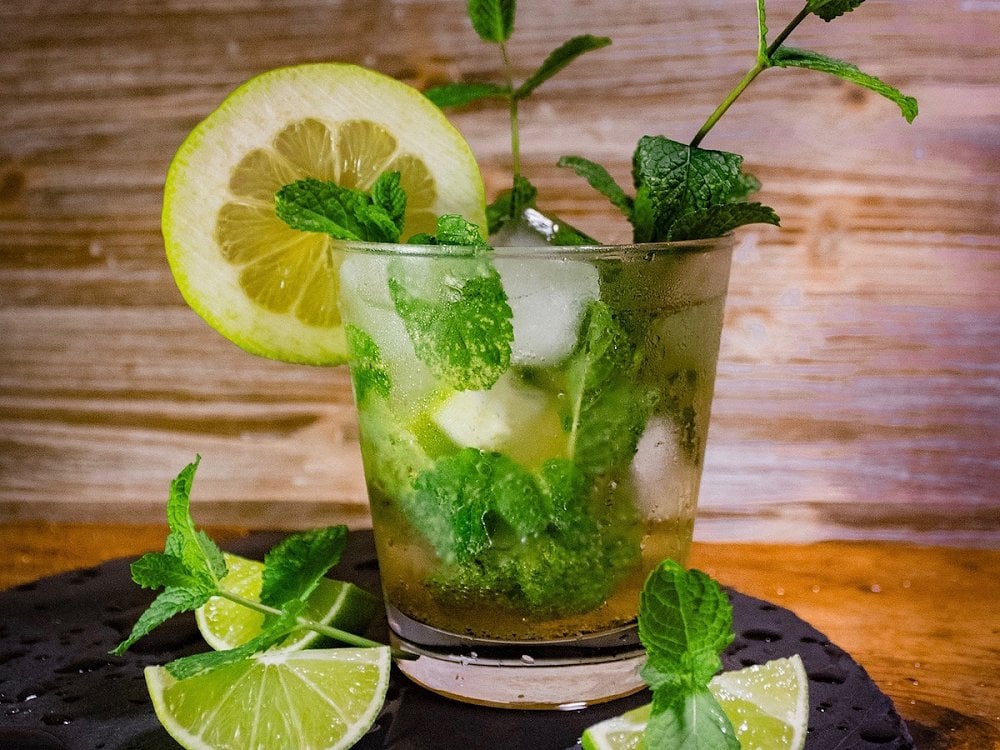
Today we introduce you to Canary Islands honey rum, so intimately tied to the culture and folklore of the Fortunate Isles that you must try it. Talking about the origins of this rum is to talk about the Canary Islands themselves, and the archipelago is where one of rum’s most delightful varieties was born: the exquisite honey rum. From the first moment you entered your luxury residence on Tenerife, you surely felt the irresistible impulse to learn more about the lives of the wonderful people on the island, picking up their habits and customs and becoming another Tenerifan. It’s the eternal springtime climate of Abama Resort and its surroundings that moves us to celebrate its impressive trails, beaches, and volcanic landscape; but the typical dishes and drinks that delight our palates are no less important to the island’s cultural tenor.
If you’ve already tried honey rum, particularly the brands from the Canary Islands, you’ll know that it’s an alcoholic beverage with a golden tone that is brilliant and translucent, and more intense of flavour when aged longer. Made from sugarcane, its aromas and unmistakable flavour are ideal for mixing with citrus juices in a refreshing mojito or a simple Cubalibre. With more full-bodied rums, you might even prefer to enjoy it straight, or add it to recipes like meat marinades for a special touch.
Rum’s history begins in the Americas, but the first sugarcane grown on our side of the Atlantic was planted on the Canary Islands, in 1493, during Christopher Columbus’s second voyage to the Antilles. In 1494, the plants began to flower and the admiral wrote to the King of Spain, “My King, the sugarcane is growing well and successfully.” The rum came afterwards, and almost by chance…
When they harvested the first sugarcane in the Antilles, the stalks were pressed to extract the juice, but the surplus and the molasses were fermented. Someone tried this liquid and afterwards a drink made with it, called tafia, became popular as a refreshment for workers after a hard day’s labour. When the colonists realized that the syrup exposed to the sun could be mixed with water and fermented to become similar to rum precedent from other geographies, the business practically created itself. They began to export it to Europe, and it became the primary currency in colonial American commerce between the XVII and XVIII centuries, and thus the first distilled beverage to achieve industrial heights.
Such was the fame of the rum that its production soon extended beyond the Antilles. The beverage arrived in the English colonies in the Americas, but the volume of the demand was such that they also established distilleries in New England, as a harbinger of what was to come in the Canary Islands. In Arucas, on Gran Canaria, they say that the monks began distilling rum in the convents from the XVIII century onwards. The liquor became known to the public, and in 1884 the San Pedro Sugar Factory was founded, making it the oldest distillery bodega in Europe and a direct supplier to the Royal Courts. But Canary Islands rum wasn’t unique only to Gran Canaria, and Tenerife also developed a strong presence on the market.
Today the quality of the final product is dependent upon its careful production in the distillery, a process honed over centuries, but the true secret of Canary Islands rum lies in the raw material, which you can try from your luxury residences on Tenerife. The liquor varies quite a bit depending on the area in which it is produced, and in the case of the Canaries, honey rum holds a Protected Denomination of Origin. Made from molasses or the unfiltered first fermentation, honey rum gets its name from the amount of honey within it, which is over 2% of the total volume.
So now that you know something about the origins and history of this beverage, lining up the glasses and sharing your knowledge is a must at your next party in your luxury residence on Tenerife. Canary Islands honey rum, with the special island touch of its golden colour and sweet flavour, will be a welcome addition to your menu of Tenerife drinks.







